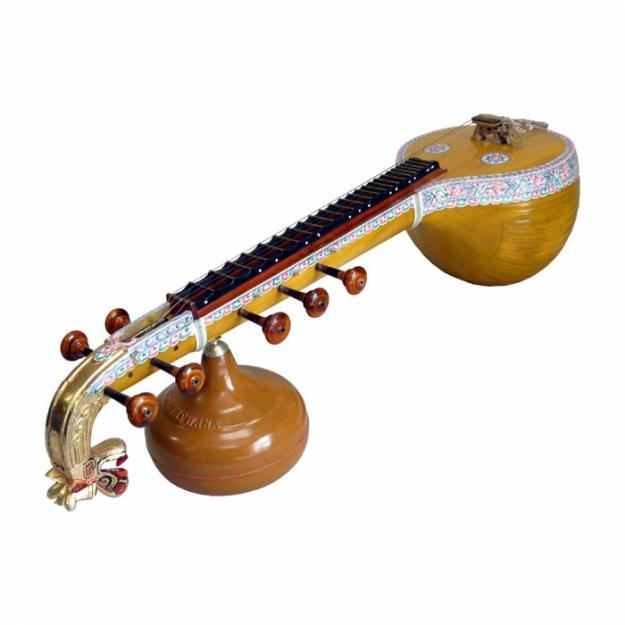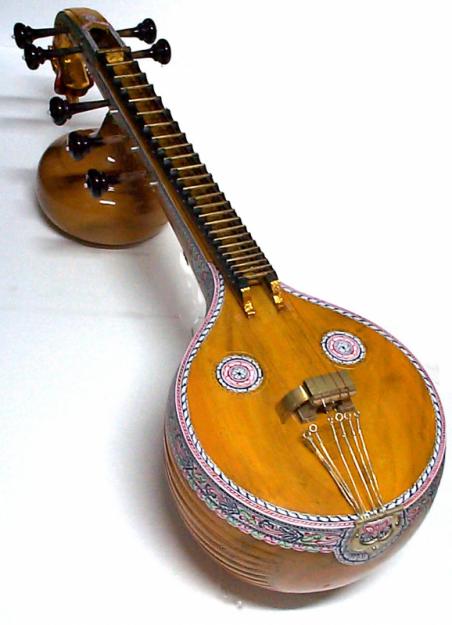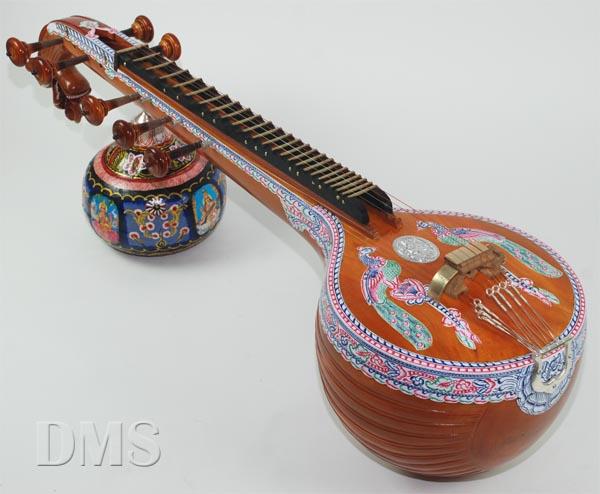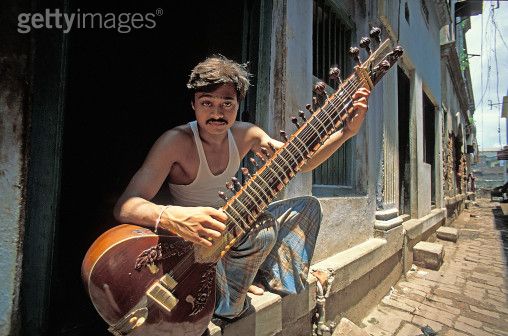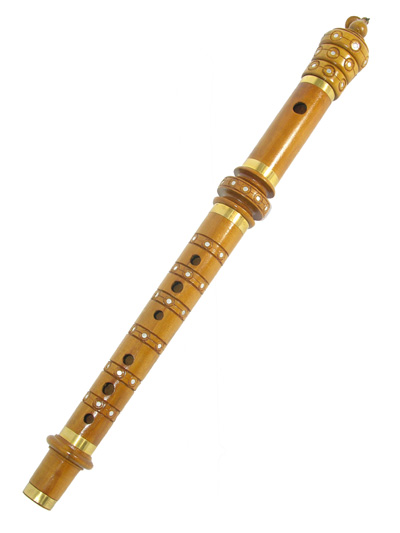Musical Instruments
Musical Instruments |
About: |
Music is deeply ingrained in Tamil Nadu’s culture, and the traditional musical instruments crafted here are a source of admiration and pride. Music and dance form the heart of South Indian cultural expressions, and the creation of musical instruments is an essential part of this heritage. Tamil Nadu is home to numerous centers renowned for the craft of musical instrument creation, especially in the Thanjavur region, a historical area famous for producing skilled musicians and exquisite instruments. Interestingly, the Tamils categorize their musical instruments not by type but by the occasions on which they are played, reflecting the cultural significance of music in different aspects of life. From the intricate Veena and the resonant Mridangam to the distinct sounds of the Nadaswaram and Thavil, Tamil Nadu’s musical instruments are celebrated for their craftsmanship and unique tones. These instruments are integral to festivals, religious ceremonies, and classical performances, capturing the spirit and rhythm of Tamil Nadu’s rich musical tradition. |
History: |
| The history of musical instruments in Tamil Nadu dates back centuries and is closely intertwined with the region’s rich cultural and religious heritage. Ancient Tamil texts, such as the Sangam literature, contain references to musical instruments used in royal courts, temples, and public gatherings, highlighting the role of music in Tamil society. During the Chola, Pandya, and later Vijayanagara dynasties, music flourished in Tamil Nadu. Temples served as major cultural hubs, where skilled artisans crafted instruments for rituals and festivals. The Veena and Mridangam, essential to Carnatic music, were perfected during this period. Musicians held esteemed positions in royal courts, and musical training was encouraged, leading to the development of sophisticated instruments. Thanjavur, in particular, became a renowned center for musical instrument craftsmanship. The Thanjavur Veena, known for its distinctive shape and sound quality, became famous not only in India but also internationally. The artisans of Thanjavur specialized in using locally available woods, metals, and other materials to create instruments that were both visually beautiful and acoustically rich. Over time, musical instruments in Tamil Nadu have evolved, with craftsmen innovating to enhance their sound quality and durability. Despite these changes, traditional methods of crafting instruments remain highly valued, preserving the authenticity and cultural significance of Tamil Nadu’s musical heritage. Indian music has two main aspects. Rag which deals with the area of melody and Tal which has to do with rhythm. The system of Rag involves the arrangement of seven notes. Today, many ancient musical instruments are hard to locate and some rare musical instruments that were once an important part of Indian musical tradition are no longer used at all. The 'been',a traditional blowpipe as is usually depicted in pictures of snake-charmers and the 'bhopung', a one-stringed musical instrument are some examples of these. |
Features: |
|
Musical instruments from Tamil Nadu are known for their unique craftsmanship, cultural significance, and distinctive sound qualities. Here are some defining features:
The musical instruments of Tamil Nadu combine function and beauty, showcasing the artisanship and musical traditions that continue to inspire and captivate audiences worldwide. |
Useful Links: |
|
For more information on Tamil Nadu’s musical instruments and cultural heritage, check out these links:
These links provide in-depth information on Tamil Nadu’s musical heritage, instrument craftsmanship, and classical music traditions, offering insights for enthusiasts and travelers alike. |

